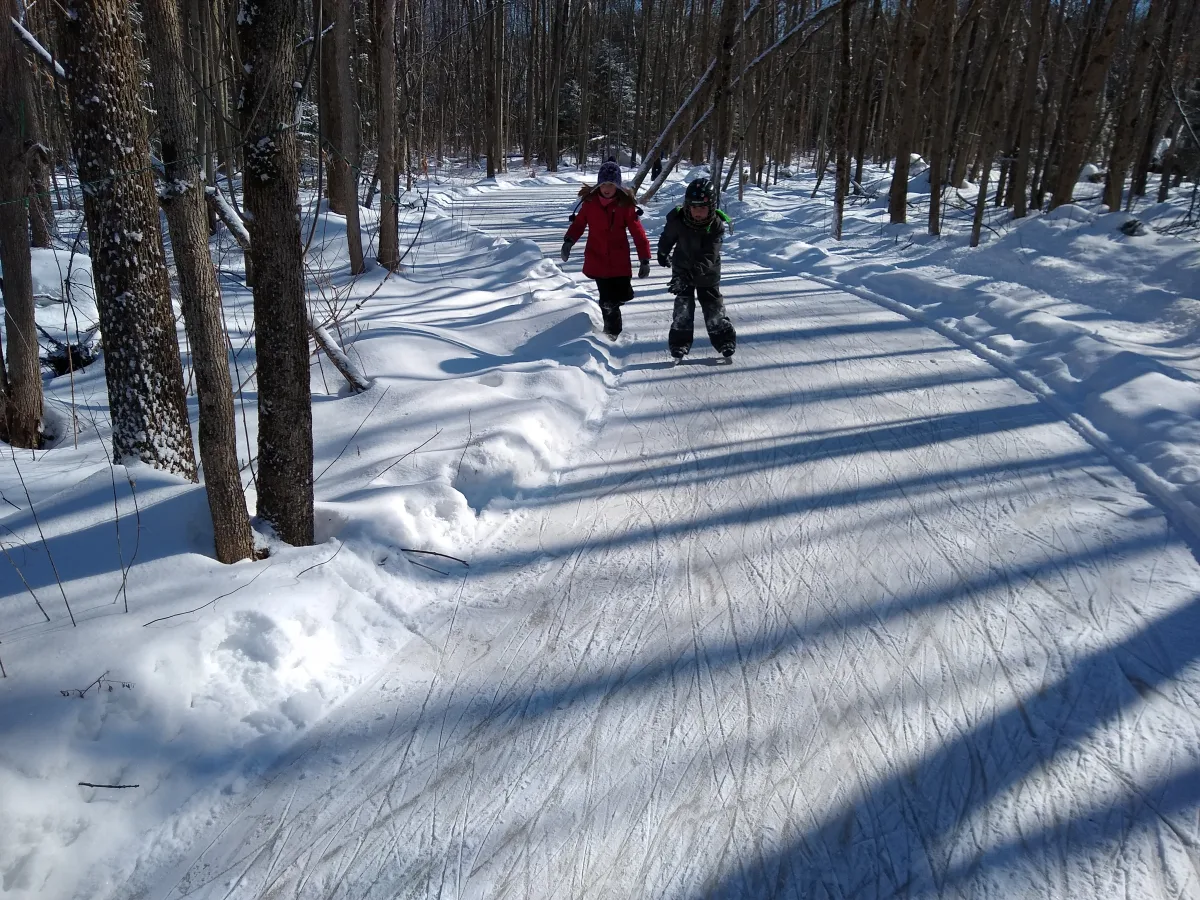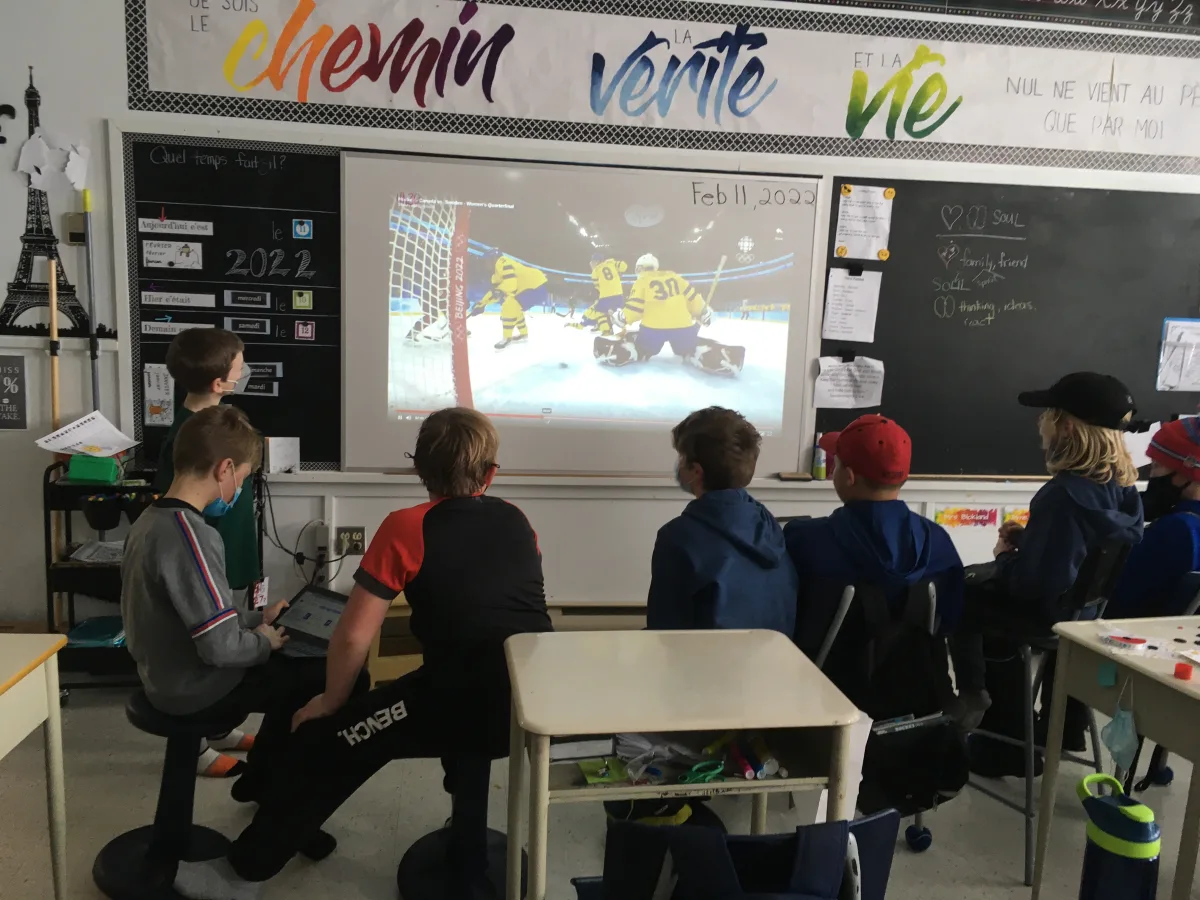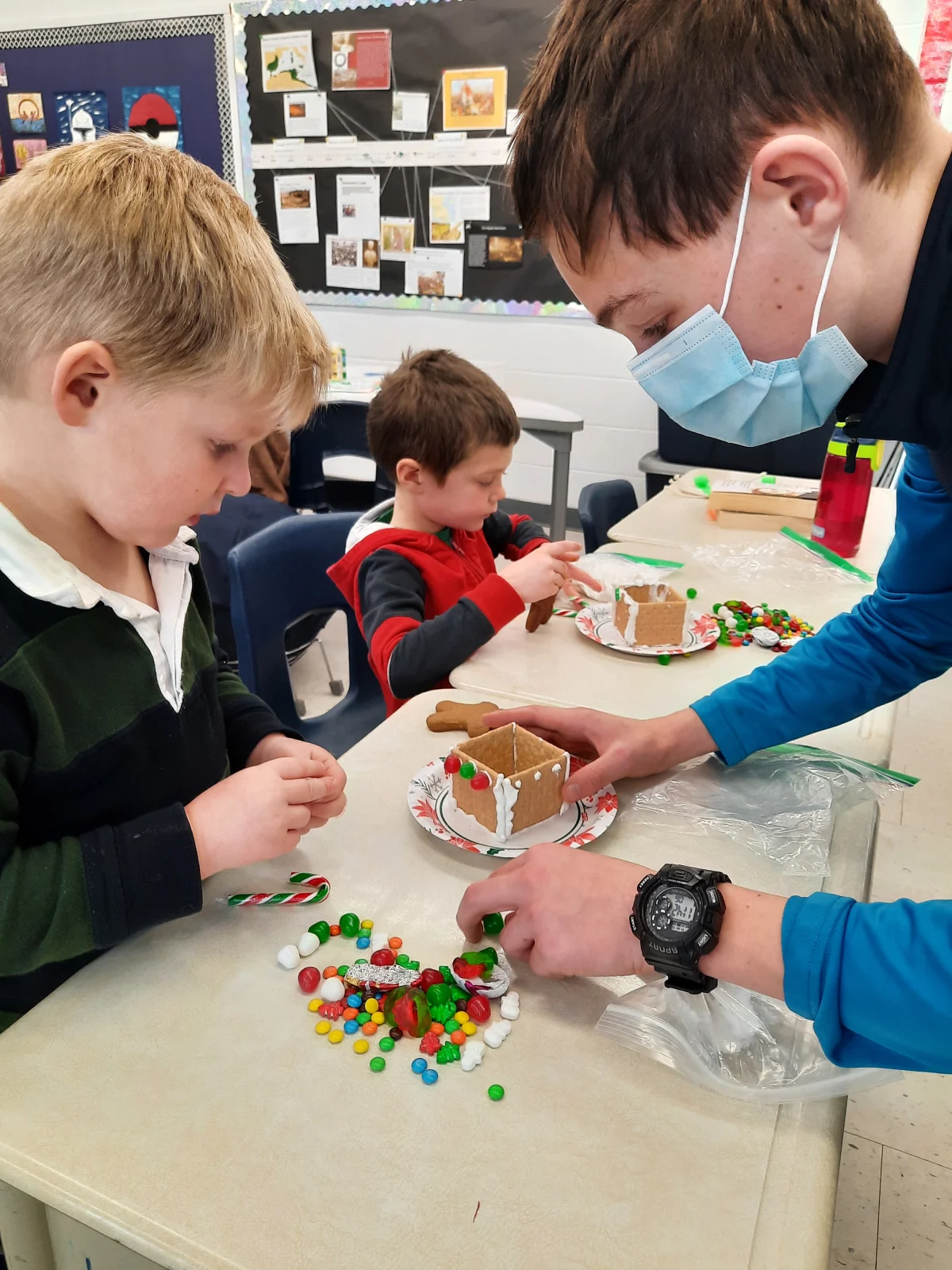What is Distance Learning?
In the middle of March we suddenly embarked on a learning journey that we had not previously imagined. Seemingly overnight we transitioned into Distance Learning.
What is Distance Learning? What does it look like? We can start answering that by saying what it’s not. It is not homeschooling, it is not just a list of websites to go to or activities to do, it is not even online learning in the true sense of the definition.
A.J. Juliani, an educator from the University of Pennsylvania, says that what we are doing should be called Emergency Remote Learning. What we are doing right now is not what any of us imagined we would be doing. All of us would much rather be together with our students face to face. However, we know that we can’t, so we are doing our best to live in this world of Distance Learning, or Emergency Remote Learning.
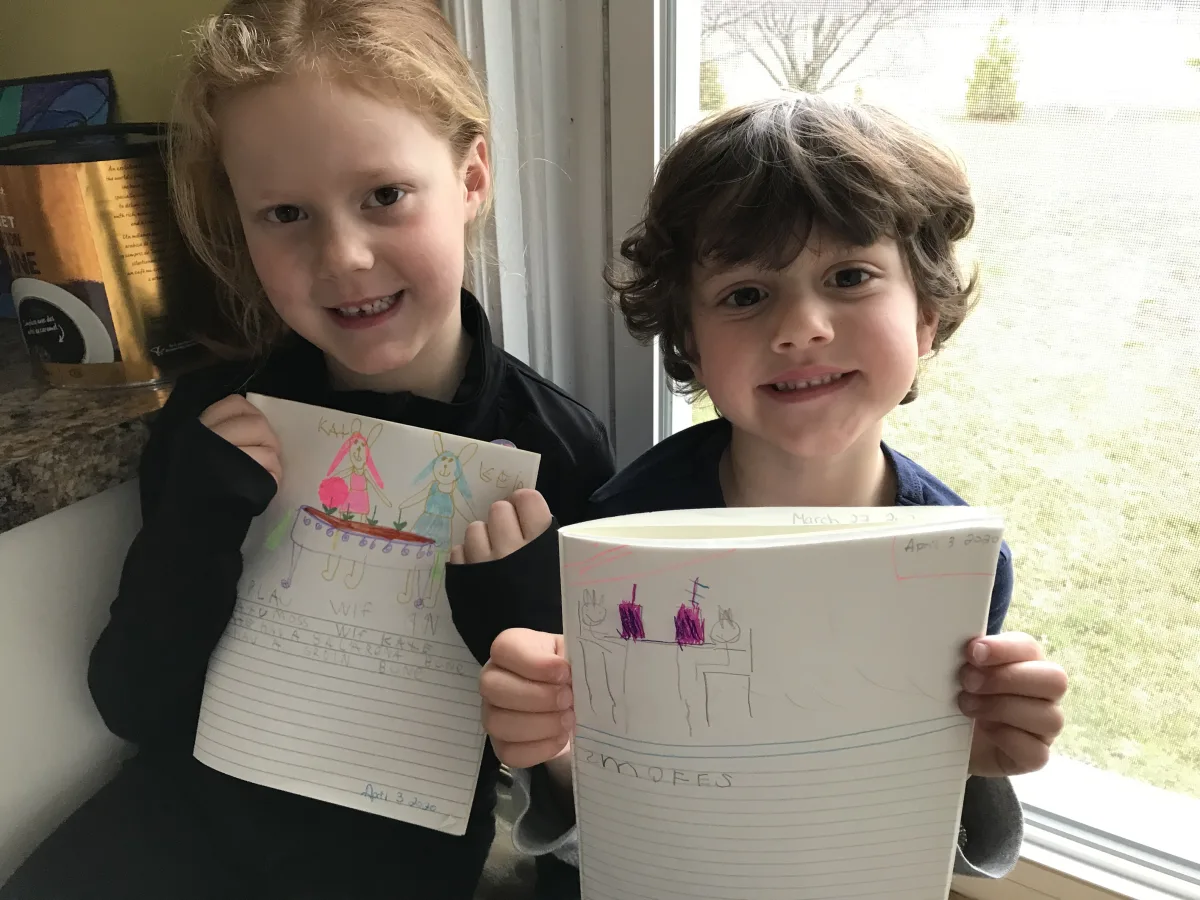
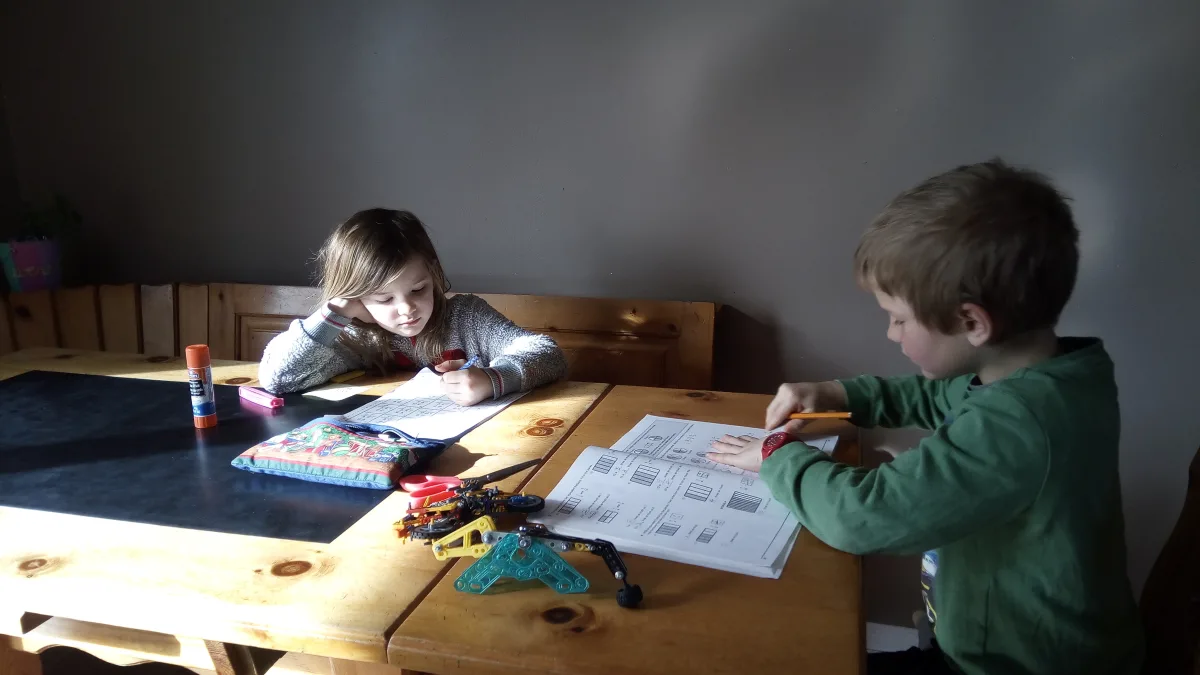
If it doesn’t look like homeschooling or a list of websites and it doesn’t look like circle time on the carpet in the classroom, what does it look like? We hope it looks like presence, support, meaningful activities and questions answered. We hope it looks like opportunities to build knowledge, faith and community, just like we have been working so hard to do when we were together in the school building.
Our Distance Learning plan includes:
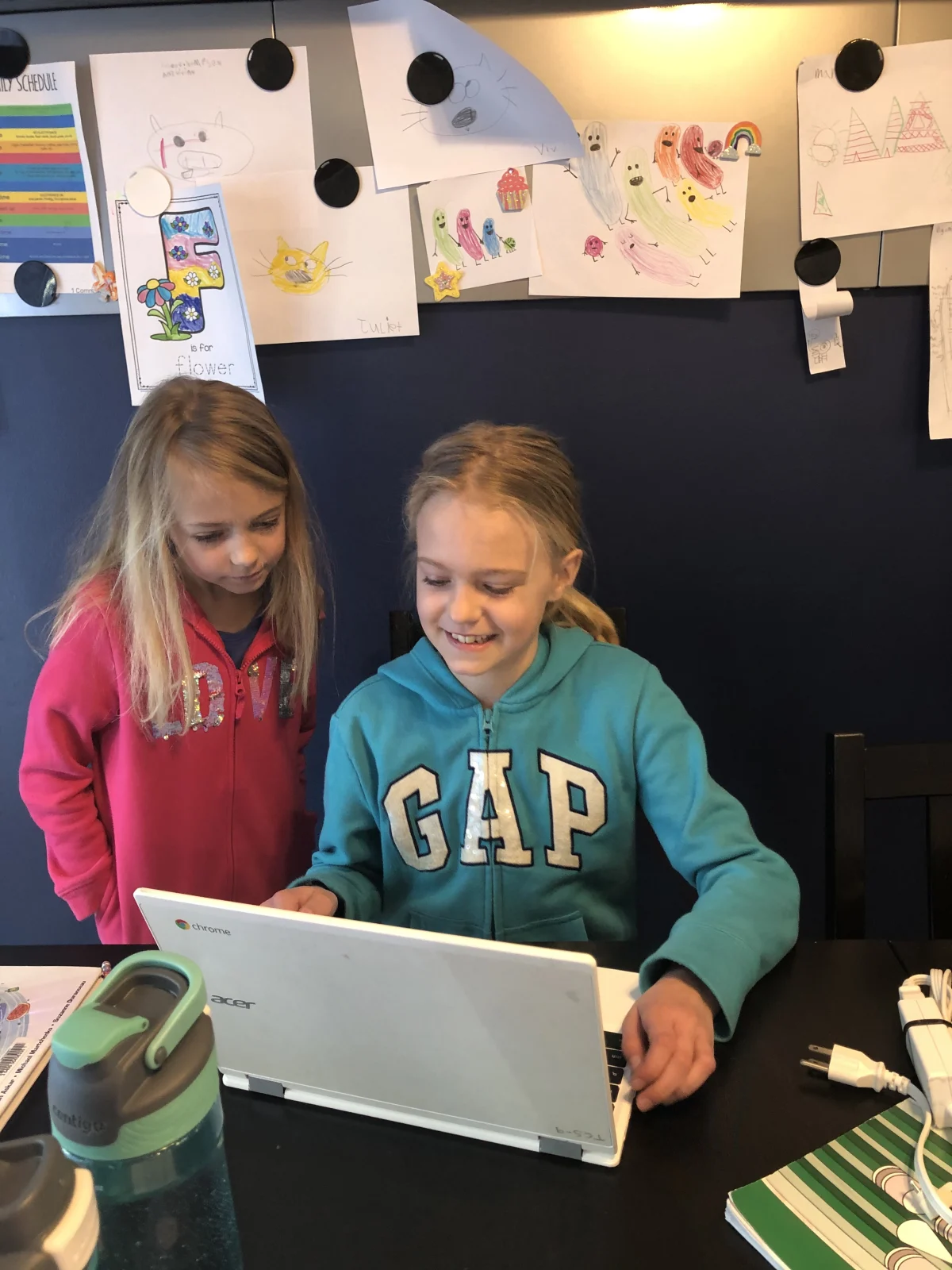
- Daily Morning Meeting videos that families can watch together to start their learning day. The Morning Meeting focuses on a time of greeting, sharing, praying, reading scripture, and sometimes playing a game together.
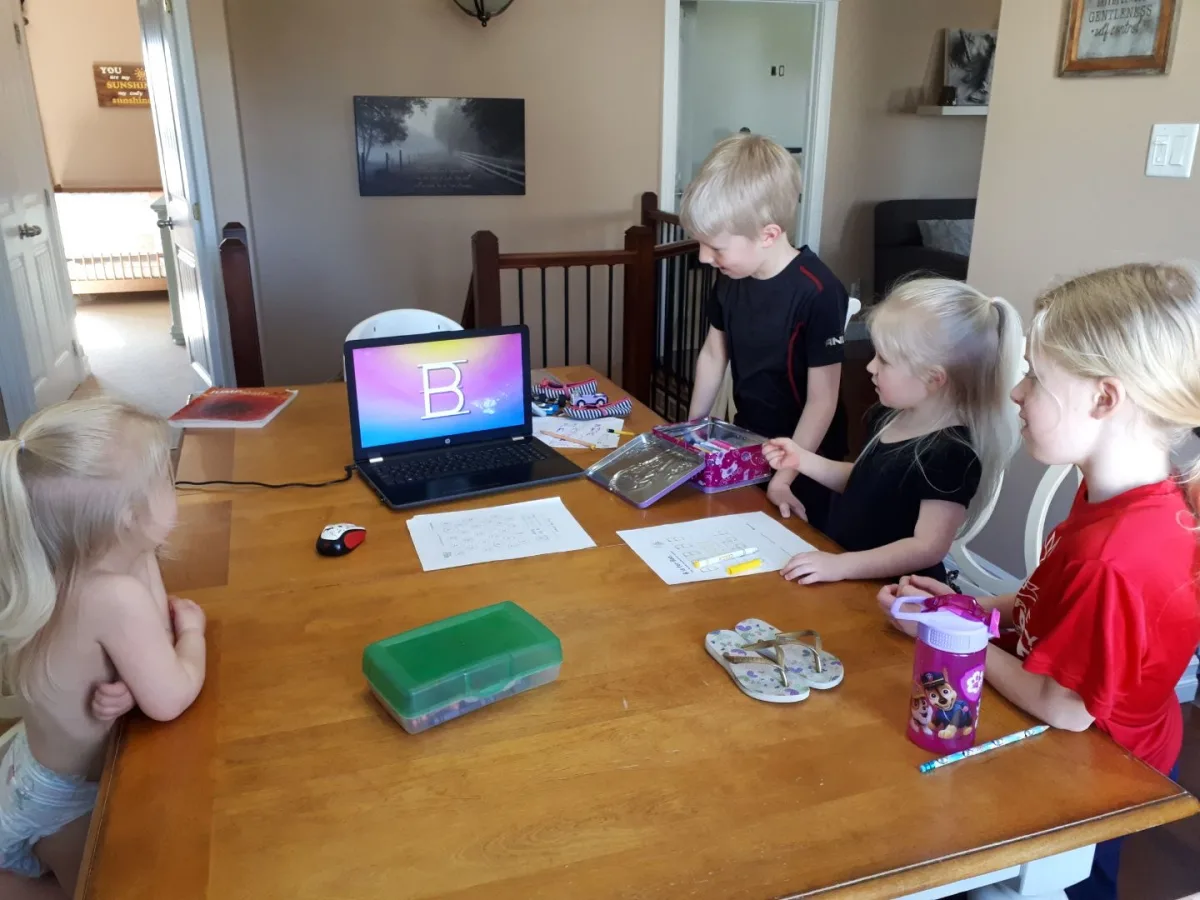
Teachers send special messages by video to connect with their class. Students have an opportunity to see and hear their teacher.
A common platform for everything. All the learning plans, videos, and supporting documents are found in Google Drive and are easily accessible by parents and students.
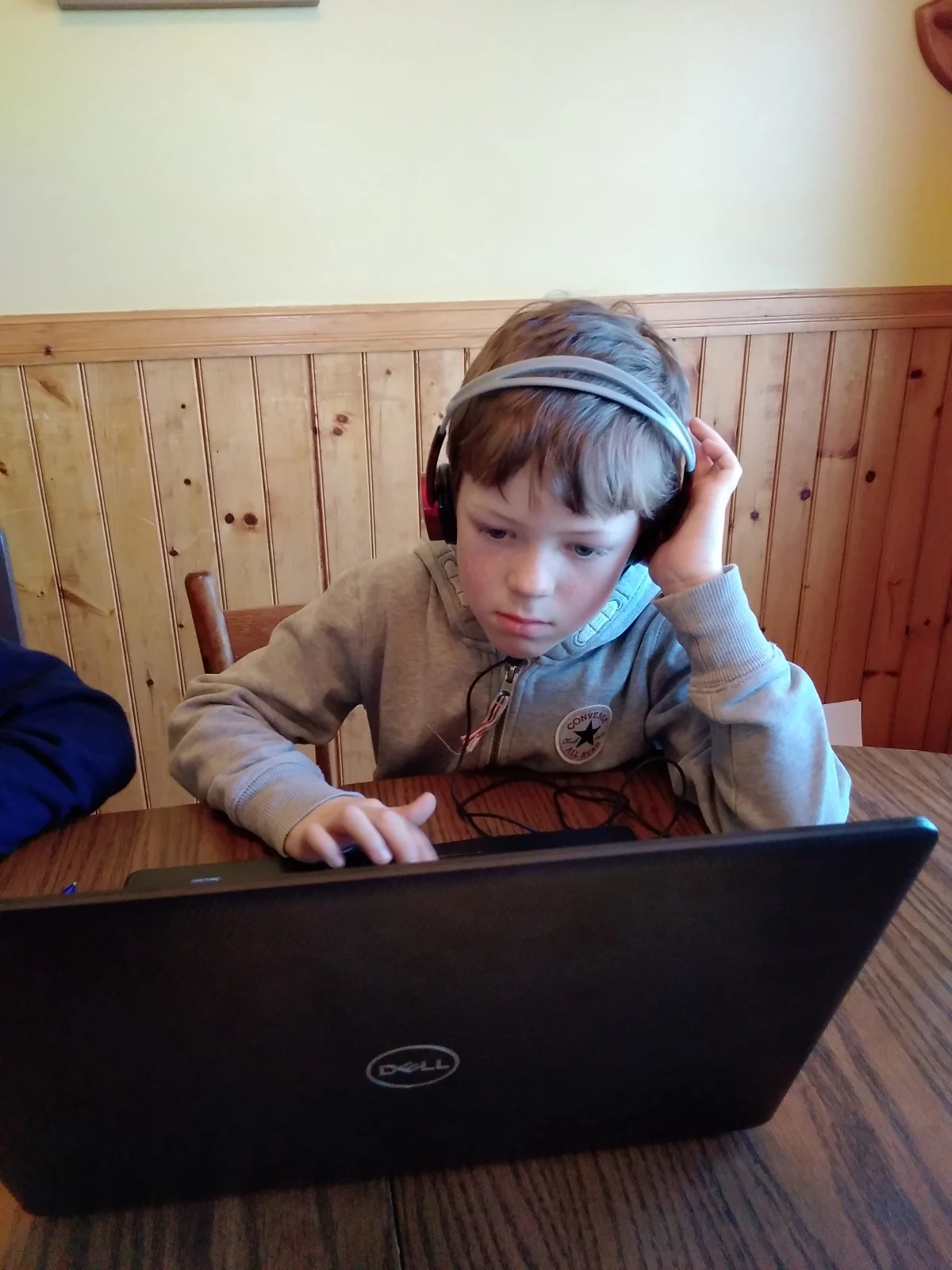
- - The program meets essential language and math targets for all students, it provides continued French education for students in Grade 5-8, and it includes extra challenges and activities that families can do.
- Teachers post interactive learning videos that directly teach the child. Students can watch the video and learn how to do their assignment.
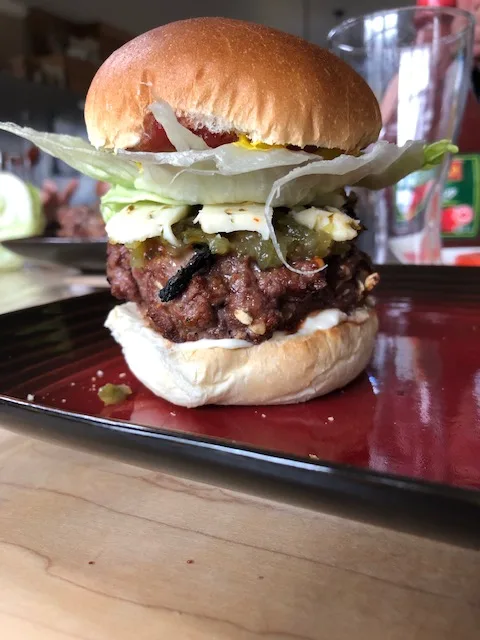
- A variety of learning activities are provided. For example: Students in Grade 7 doubled a recipe to learn about measurement in math, Students in Grade 3-4 created a cereal box book report in language arts, Kindergarten students practiced writing by making letters and numbers with sticks, Students in Grade 5-6 labelled clothes from their closet in French, Grade 1-2 students wrote journal entries about Palm Sunday and how they celebrate Easter.
As we go forward in this journey of Distance Learning or Emergency Remote Learning we rely on God to daily give us strength and wisdom. We pray that we will continue to build knowledge, faith and community during these difficult times.


